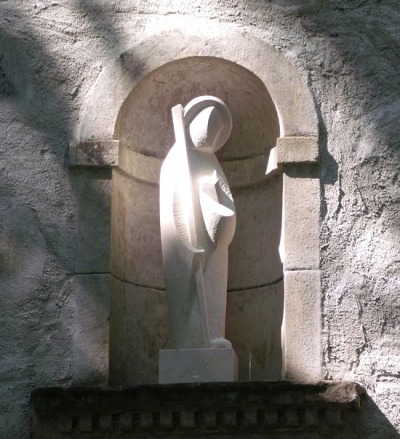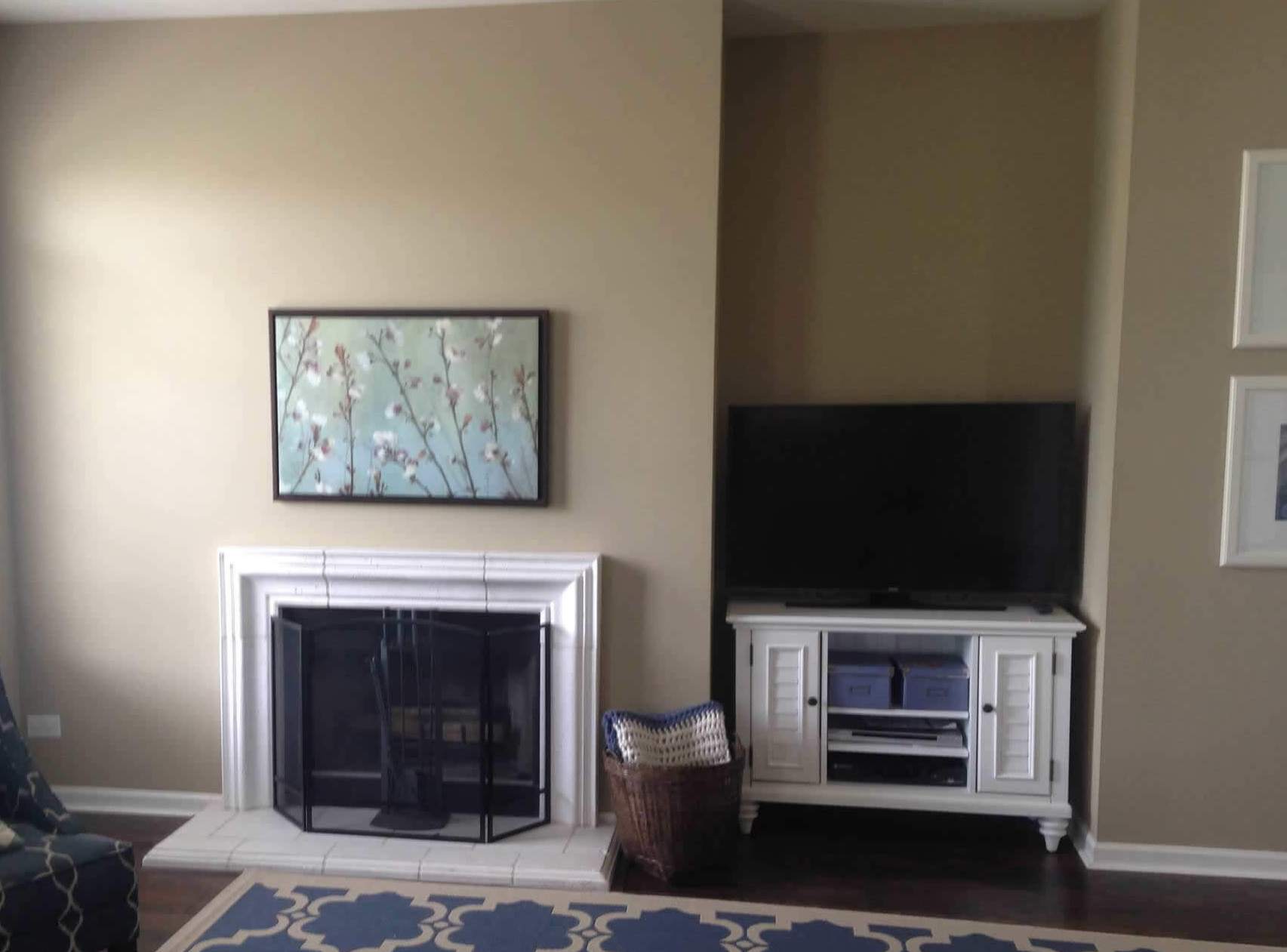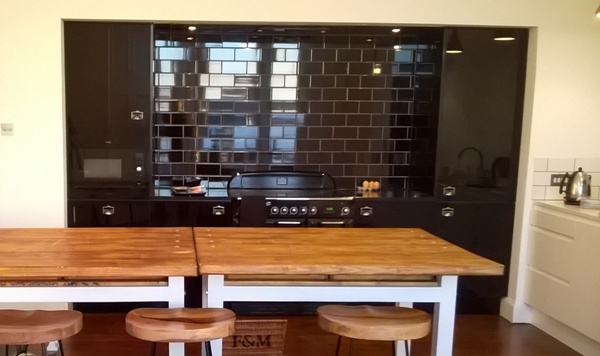Alcove

|

|
An alcove is a recess that opens into a room or other space, partially enclosed by vertical elements such as walls, pillars, balustrades, and so on.
In medieval architecture, alcoves often featured in halls, separated from the main space by curtains or timber partitions. In Roman and Renaissance architecture, alcoves were adapted to become tall, elegant semi-circular spaces hollowed out of thick walls and used to display statues and sculptures.
In more modern architecture, bed and kitchen alcoves developed as a way of conserving space in constricted buildings such as residential apartments. They now often appear to one side of a chimney breast.
Smaller alcoves can be used to contain ornaments, shelving, and so on. When designed carefully they can create attractive focal points and enhance the character of a particular room.
Alcoves may be designed to blend into their surroundings as architectural features, and may include shelving, concealed lighting, a glass front and so on. Small rectangular or square box alcoves are popular in contemporary architecture, often painted a deeper, or contrasting, colour to the rest of the room. This helps to give a greater impression of depth.
When designing an alcove, or adapting a space to incorporate one, it is important to consider the space that will be 'lost', as often, to achieve the required recess, a wall will need to be brought forward. New runs of skirting or cornicing may also be required, as well as new positions for power sockets.
It should also be borne in mind that there could be services running through the existing wall, which may need to be re-routed, or may need to remain accessible.
Cracking can also be a problem where new plaster meets old plaster. To avoid this, the wall should be properly skimmed to a minimum of 400 mm beyond the point where the two types of plaster meet. Manufacturers offer a wide variety of plaster casts for whole alcoves.
[edit] Related articles on Designing Buildings
Featured articles and news
Infrastructure that connect the physical and digital domains.
Harnessing robotics and AI in challenging environments
The key to nuclear decommissioning and fusion engineering.
BSRIA announces Lisa Ashworth as new CEO
Tasked with furthering BSRIA’s impressive growth ambitions.
Public buildings get half a million energy efficiency boost
£557 million to switch to cleaner heating and save on energy.
CIOB launches pre-election manifesto
Outlining potential future policies for the next government.
Grenfell Tower Inquiry announcement
Phase 2 hearings come to a close and the final report due in September.
Progress from Parts L, F and O: A whitepaper, one year on.
A replicated study to understand the opinion of practitioners.
ECA announces new president 2024
Electrical engineer and business leader Stuart Smith.
A distinct type of countryside that should be celebrated.
Should Part O be extended to existing buildings?
EAC brands heatwave adaptation a missed opportunity.
Definition of Statutory in workplace and facilities management
Established by IWFM, BESA, CIBSE and BSRIA.
Tackling the transition from traditional heating systems
59% lack the necessary information and confidence to switch.
The general election and the construction industry
As PM, Rishi Sunak announces July 4 date for an election.
Eco apprenticeships continue help grow green workforce
A year after being recognised at the King's coronation.
Permitted development rights for agricultural buildings
The changes coming into effect as of May 21, 2024.






















